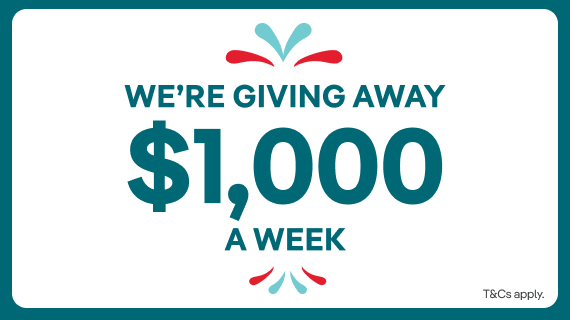The cardinal rules of refinancing
The Reserve Bank of Australia cut the cash rate by another 0.25% in May and many expect there will be further cuts in just a few weeks.
Lenders are responding by slashing their fixed-rate loans and some are beginning to offer cashback incentives.

The cash rate cut is a line in the sand for many Australians, who are increasingly aware of the fact that they can shop around and potentially save money when it comes to their home loan.
In the coming month or two, it’s likely that savvy homeowners that want to reduce their interest rate, leading to a spike in refinancing activity.
For some, refinancing is an opportunity to consolidate the debts that are accumulating due to the cost of living crisis.
The latest Mortgage Choice Home Loan Report shows that 74% of borrowers are reviewing their home loan once a year, and 87% are reviewing their home loan at least once every two years.
Meanwhile, Mortgage Choice submission data reveals that the national average loan size rose 8.1% over the March quarter to $628,684.

Mortgage Choice chief executive Anthony Waldron says refinancing will continue to surge this year. Picture: supplied
Mortgage Choice chief executive Anthony Waldron says the research confirms what brokers hear every day – property isn’t just an asset class, young Australians see it as their path towards financial security for themselves and their families.
Waldron expects refinancing activity to continue alongside cuts to the cash rate.
“It’s great to see that most borrowers aren’t taking a set and forget approach to managing their home loan," he says.
With home loan interest rates expected to fall further over 2025, I’d encourage borrowers who haven’t reviewed their home loan in more than a year to chat to their broker to ensure they’re still on a competitive rate."
Savings add up
Switching lenders to get the best deal on your interest rate can save you thousands a year.
The latest PEXA property and mortgage insights report shows that refinance volumes spiked at 12.5% in March compared to March the year prior, with 91,786 refinances settled.
The report points out that although it may be too early to see the impact of the cash rate on new loan volumes, refinancing volumes are quicker to respond.
Nationally, refinancing volumes grew by 12.5% year on year, and were strongest in Western Australia (up 27.8%), and weakest in Victoria (+3.9%). Victoria typically records the highest volumes of refinances across all states, but has since been overtaken by New South Wales.
Rules of refinancing
If you’re contemplating whether to shop around and potentially refinance with a more competitive lender, here’s what you need to know about applying for a new loan, and how to know whether refinancing is the right next step for your situation.
For starters, make sure you’re comparing apples with apples. That means check the repayment terms, the costs involved in switching lenders, including application costs and what your lender will charge you if you switch.
'How do you refinance?': youtube.com/mortgagechoice
New South Wales-based Mortgage Choice broker Kristie Gould says the likely uplift in refinancing activity will keep brokers busy as homeowners figure out how to reduce rates to help pay off home loans sooner, or to improve cash flow as well as to access potential equity in an existing property.
Questions to ask
But before jumping ship, it’s important to consider a few important factors. Gould says home owners should consider asking the following questions before refinancing:
- What are the current interest rates, and how do they compare to my existing mortgage rate?
- What costs are associated with refinancing, and are there any penalties for paying off my current mortgage early?
- What are my future plans, and does refinancing align with my financial goals?
- Am I looking to access equity in my home, and how might refinancing facilitate that?
Read the fine print
When refinancing, a mortgage broker requires certain documents to be able to assess your needs, she says.
“We handle all the legwork, including researching lender options, interest rates, and loan products based on your requirements. Once we have the necessary information, we streamline the process, saving our clients significant time and effort.
"Ultimately, this can lead to substantial savings, often hundreds of dollars a month, depending on your mortgage size,” Gould says.
A common mistake made by clients is returning to their existing lender without exploring other options, she says.
“By working with a broker, we can many lenders, giving clients access to a range of choices, which they may not have heard about, at no additional cost.”
But look before you leap, she says.
“Be sure to consider the overall cost of refinancing, not just the interest rate, as different lenders have varying fees and charges that need to be taken into consideration.
Also be sure to check the loan terms, as this small detail can lead to paying more interest over time if you’re not careful,” she says.
At the very worst, you’ve shopped around and decide to stay where you are. At best, you’ve managed to make a saving by refinancing with an alternative lender.
Either way, sitting back and doing nothing rarely pays when it comes to home loans, so speak to your broker and see if you can get a better deal.



